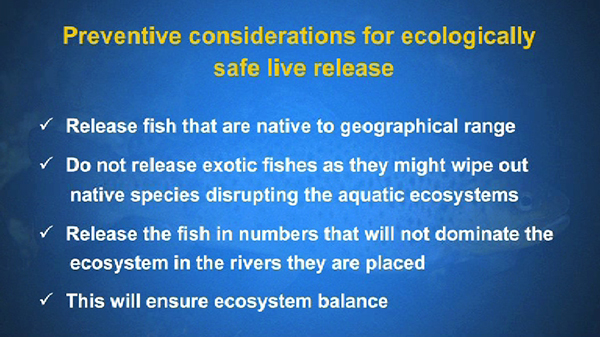 The Buddhist practice of ‘live release’ or Tsethar poses significant conservation consequences, according to the recently released study by experts on aquatic conservation on Wiley. Wiley is a reputed online library for researchers.
The Buddhist practice of ‘live release’ or Tsethar poses significant conservation consequences, according to the recently released study by experts on aquatic conservation on Wiley. Wiley is a reputed online library for researchers.
Since the study only focuses on aquatic biodiversity, it says if inappropriate, invasive species are released, it could be dangerous for the conservation of the ecosystem.
The study raises awareness to ensure that good intentions do not result in destructive environmental outcomes.
In Bhutan, the study says, Tsethar practices are arising as a significant concern, especially for freshwater fish biodiversity.
The study mentions African sharptooth catfish are imported live from Bangladesh via Kolkata and sold for release. But the species is associated with significant ecosystem disruption.
Fish is one of the least studied and threatened fauna in the country. It is under threat because of the rapid decline of its population in the Himalayan region from pollution, habitat loss and fishing.
The practice of live release is founded on the good intention of protecting living organisms from being slaughtered. However, the practice has the potential to generate adverse environmental impacts. For example, some animals are captured for the explicit purpose of being released or are released into environments where they are unable to survive.
At present, the study points out that there are little awareness and education on the unintended outcomes from live release practices for aquatic and other wildlife.
The study, therefore, recommends preventative considerations for ecologically safe live release. It says people should release fish that are native to the geographical range.
Exotic fishes should not be released as they might wipe out native species disrupting the aquatic ecosystems. The fishes should be released in numbers that will not dominate the ecosystem in the rivers they are placed and as a result, do not change the ecosystem balance.







